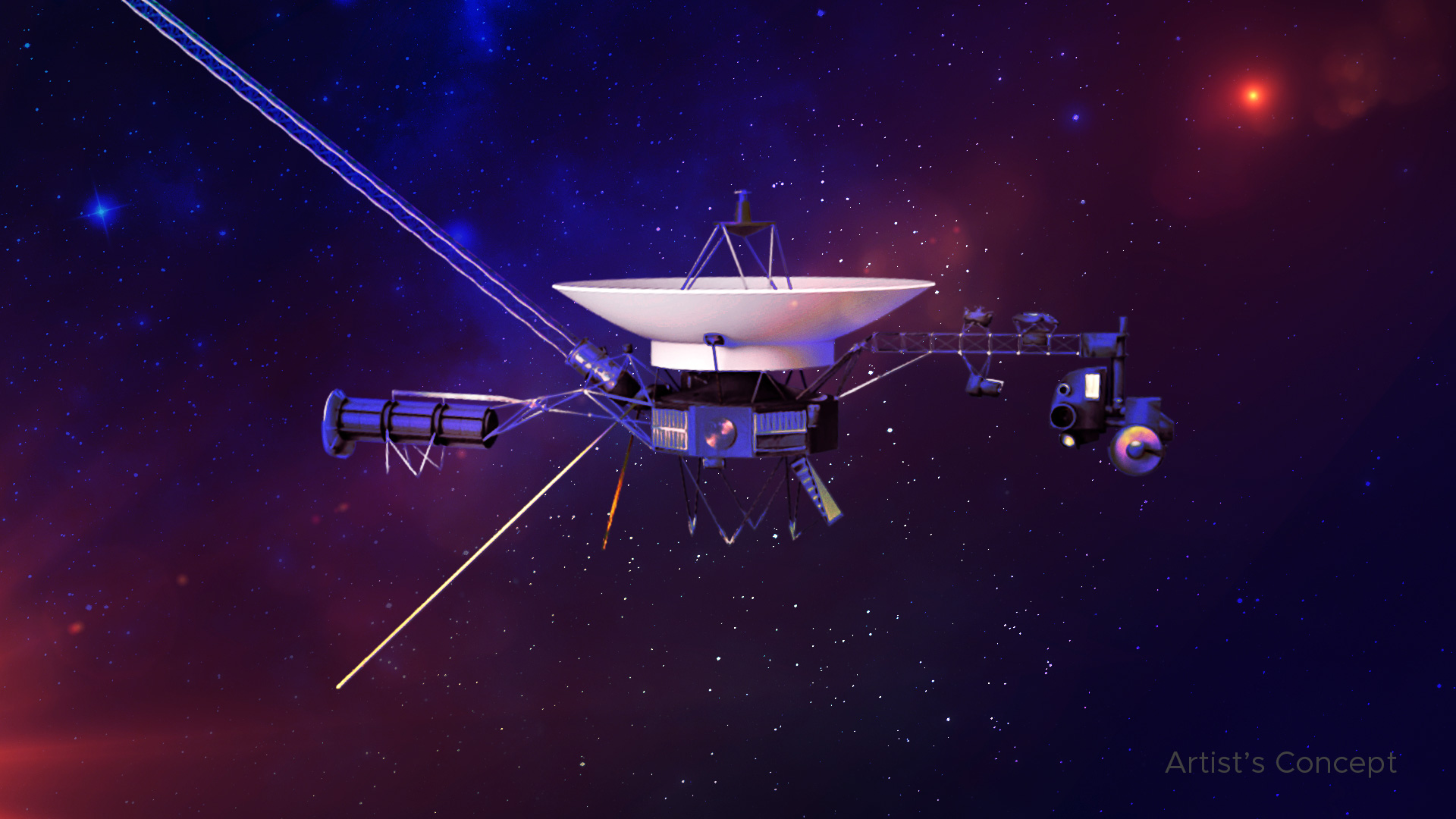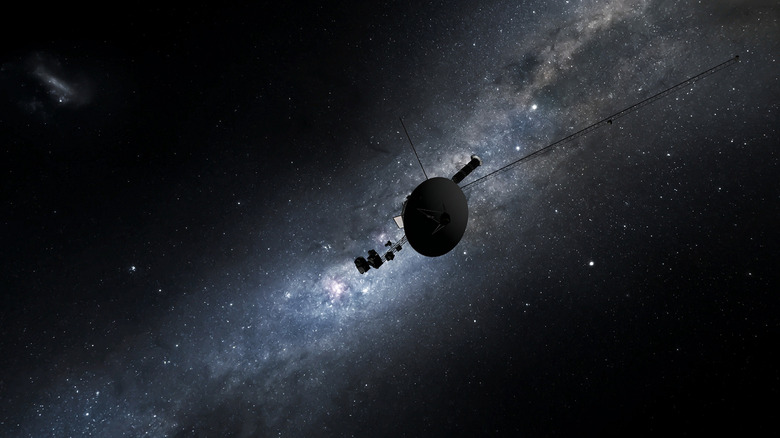Voyager 1 Is Finally Transmitting Science Data Again
It's been an extremely stressful seven months for the Voyager 1 team. However, the latest Voyager 1 update gives us some much-needed good news. NASA has finally started receiving science data from the interstellar-based spacecraft once more, though nobody is sure how long it will continue to operate at its current capacity.
Voyager 1's problems first began last year, when communication with the spacecraft began to return garbled data to NASA engineers here on Earth. With such a long distance between then probe and the scientists here on Earth, finding a solution was no small feat. Every attempt to fix the probe took almost two days of waiting to see how it would turn out.
Things continued to look bad into December when another Voyager 1 glitch left NASA engineers scratching their heads. Some even posited that Voyager 1 might be lost to us forever back in February. Luckily, NASA was able to turn it around, and another Voyage 1 update shared that NASA had restored communication with the Voyage 1 probe.

But it still wasn't back to work. All NASA had managed to do was get the spacecraft to send back good information about its onboard systems and the overall health of the spacecraft. The agency still needed to figure out how to get the science instruments to start talking again.
Well, it seems like the engineers have succeeded, as the newest Voyager 1 update—shared just this week—says that Voyager 1 has finally returned to conducting normal science operations. All four of the science instruments onboard the spacecraft are returning usable data. That means our eyes in interstellar space have been repaired, at least for now.
There are, of course, tons of concerns about how much longer Voyage 1 and Voyager 2—its twin—can continue to operate. Both space probes are already well beyond their intended service life. Still, these probes are iconic and true pillars of humankind's ingenuity, especially when it comes to space exploration. And the day that we lose either of them will be a sad day.
